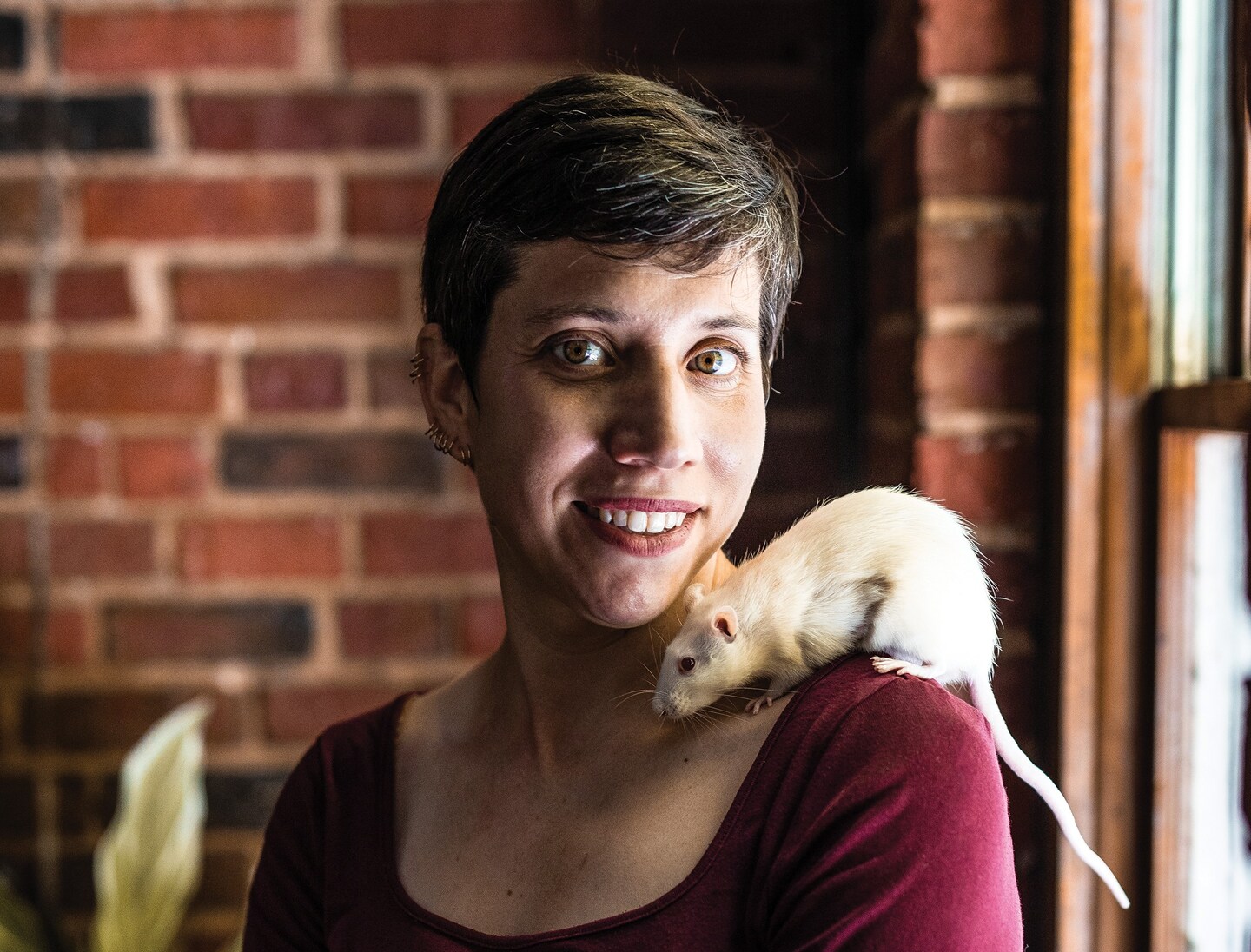Writing insightfully about the cultural history of nature as it evolves with us, Brookshire — a well-regarded science journalist who holds a PhD and is a host of the podcast “Science for the People” — emphasizes that semi-imaginary animals we create in our minds are just as influential as real animals. Not only do we label our fellow creatures as heroes or villains, but we switch these labels as our views change. For example, “Pigeons,” Brookshire writes, “fit themselves into our urban lives — a niche where we formerly made them welcome. We adapted them beautifully for our world, breeding them for tameness, for meat, and for carrying messages.” When Brookshire finds it easy to pick up and hold a wild pigeon, the scientist advising her explains that such docility results from millennia of domestication. Yet now we scorn pigeons. “When our world moves on, and animals remain, or get away from us,” Brookshire remarks, “they steadily devolve in our minds.”
Brookshire mutters asides, even jokes, but she doesn’t talk down to the reader. She has done her research and writes with style. No formal jargon could better convey the information that in Massachusetts black bears “do not hibernate so much as lightly snooze.” Several times I laughed aloud, but I also underlined surprising information on almost every page. With deep curiosity, Brookshire weaves in scholarly scientific papers, the Quran and countless interviews with specialists. She takes us along as she hunts Burmese pythons in Florida, follows elephants in Kenya and searches for rats in a Seattle homeless camp. She attends the dissection of a roadkill coyote and sniffs elephant repellent so that she can describe it to us.
Not all her encounters are so exotic. I enjoyed learning about the creatures with us every day in the United States — mice, pigeons, deer, and the plague of predatory cats roaming all around me. Brookshire describes herself as “a hopeless cat lover” and assigns her own an embarrassing name, but she doesn’t flinch from analyzing data about what ecological terrorists free-range cats can be. These popular parasites wreak havoc on their neighboring birds and small mammals. Burmese pythons terrorizing Florida can legally be killed on sight and the United States ought to note that in Australia feral cats can be, too.
Brookshire pays admirable attention to the questions of inequality and injustice that underlie our relationships with animals as they underlie everything else. She writes about people as much as about animals or issues — about scientists, medical workers, a woman who befriends Harvard Square pigeons, the python hunter whose day job is a hairstylist, and Kenyan farmers who see clearly that their government ranks their value well below that of the elephants that draw luxury tourists from the Global North. (The term “Global North” is a good example of the language that Brookshire employs instead of more biased and valuing terms such as “developed nations.”)
Berkshire expertly and entertainingly demonstrates that while it is risky to interact with our fellow creatures, it is even more perilous when we fail to clearly see our changing relationships with them. About halfway through “Pests,” Brookshire sums up her theme in a quotation from Antoine de Saint-Exupéry’s fable “The Little Prince”: “You become responsible, forever, for what you have tamed.”
Michael Sims’s science-related books include “Adam’s Navel” and a companion volume to the National Geographic Channel series “In the Womb: Animals.”
How Humans Create Animal Villains
Ecco/HarperCollins. 348 pp. $28.99
A note to our readers
We are a participant in the Amazon Services LLC Associates Program,
an affiliate advertising program designed to provide a means for us to earn fees by linking
to Amazon.com and affiliated sites.
